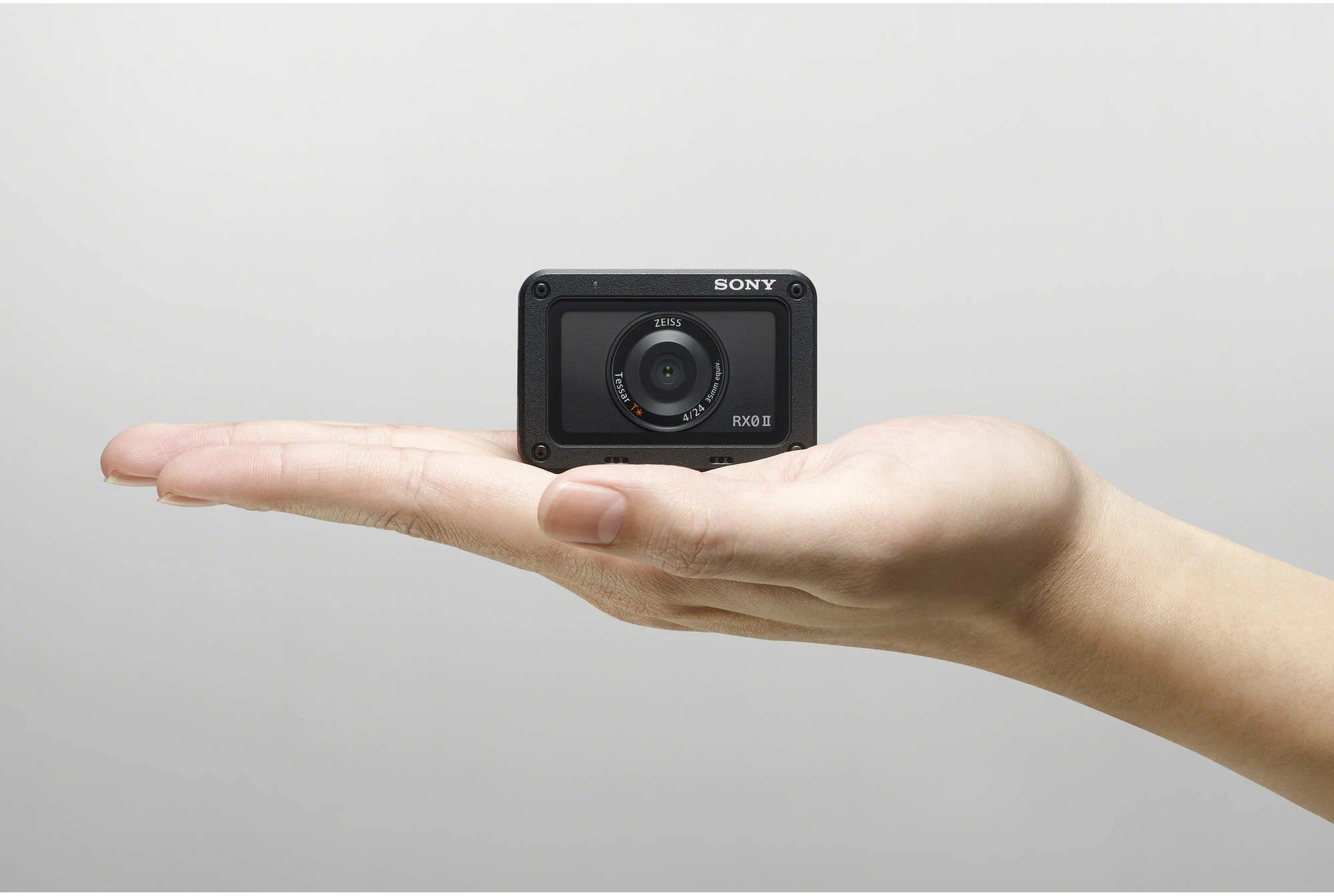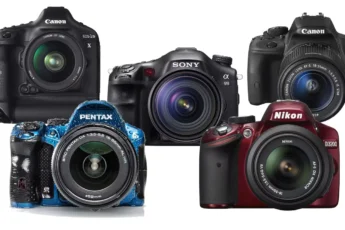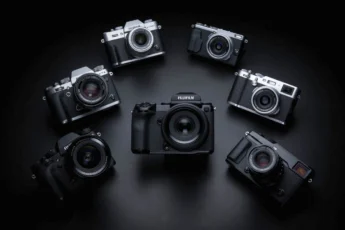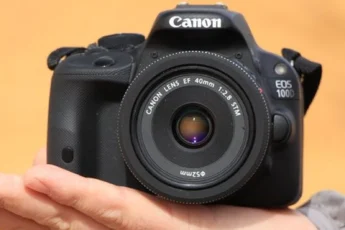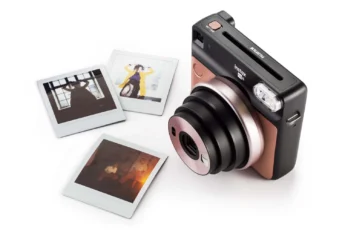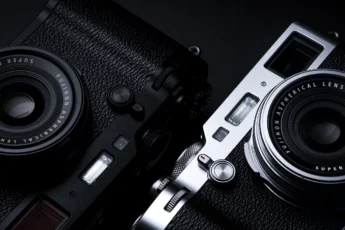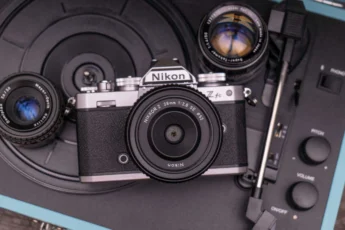In a world where life’s precious moments can slip away in the blink of an eye, having a reliable and high-quality compact camera by your side can make all the difference. Choosing the right compact camera is essential for capturing those fleeting instances with stunning clarity and vivid detail.
Whether you’re an avid traveler, a passionate photography enthusiast, or simply someone who values the ability to document life’s adventures, investing in a top-notch compact camera can revolutionize your visual storytelling experience.
Compact cameras have come a long way since their initial introduction to the market. From the early days of film-based point-and-shoot cameras to the cutting-edge digital marvels of today, the evolution of compact cameras has been nothing short of remarkable.
With each passing year, manufacturers push the boundaries of what’s possible, packing advanced features and exceptional image quality into increasingly portable and user-friendly devices. As we explore the top compact cameras of 2024, get ready to be amazed by the technological advancements that await you.
- Overview of Compact Cameras
- Future of Compact Cameras
- Rise of Mirrorless Cameras
- Potential Obsolescence of DSLRs
- Top Compact Cameras in 2024
- Leica Q3: Best for Megapixels
- Description and Features
- Price and Value Proposition
- Fujifilm X100VI: Best Overall Compact Camera
- Description and Features
- Price and Value Proposition
- Factors to Consider When Choosing a Compact Camera
- Megapixels and Image Quality
- Lens Specifications
- Monitor and Viewfinder Options
- Continuous Shooting and Video Resolution
- Expert Reviews and Recommendations
- Evaluation Criteria
- Comparison of Top Compact Cameras
- Pros and Cons Analysis
- Conclusion
Overview of Compact Cameras
Compact cameras, also known as point-and-shoot cameras, have come a long way since their inception. These pint-sized marvels offer a wide range of features and capabilities that cater to various photography needs. From basic models that prioritize simplicity to advanced compacts that rival the performance of larger cameras, there’s a compact camera for every skill level and budget.
One of the key advantages of compact cameras is their portability. These cameras are designed to fit comfortably in your pocket or purse, making them the perfect travel companion. Whether you’re exploring a new city, hiking through scenic trails, or attending a family gathering, a compact camera allows you to capture precious memories without the added weight and bulk of a larger camera system.
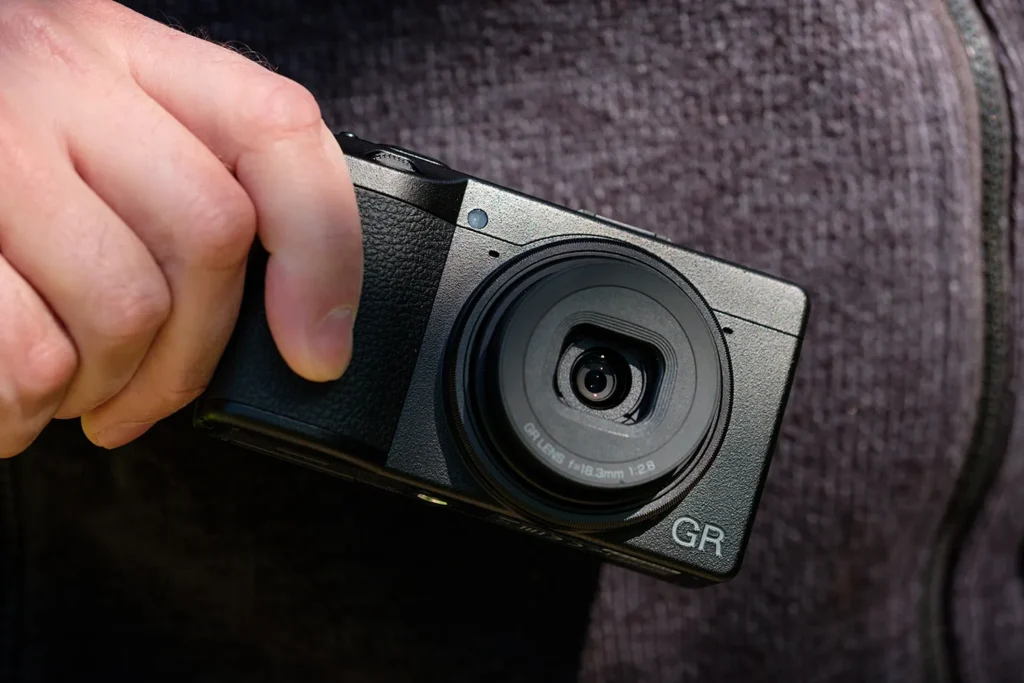
Compact cameras come in different categories, each with its own set of features and strengths. Point-and-shoot cameras are the most basic type, offering automatic settings and user-friendly interfaces that make photography accessible to beginners. Advanced compact cameras, on the other hand, provide manual controls, larger sensors, and higher-quality lenses, giving enthusiasts more creative freedom and better image quality.
Travel zoom cameras are another popular category within the compact camera market. These cameras combine the portability of a compact with the versatility of a zoom lens, allowing you to capture a wide range of subjects, from expansive landscapes to distant wildlife. With their extended zoom capabilities, travel zoom cameras are perfect for those who love to explore and capture diverse scenes without the need for multiple lenses.
Future of Compact Cameras
Rise of Mirrorless Cameras
In recent years, the photography industry has witnessed a significant shift towards mirrorless cameras. These cameras have gained popularity due to their compact size, advanced features, and impressive image quality. Mirrorless cameras eliminate the need for a mirror and optical viewfinder found in traditional DSLRs, resulting in a more streamlined and lightweight design.
The rise of mirrorless cameras has had a notable impact on the compact camera market. Many photographers who previously relied on compact cameras for their portability and ease of use are now turning to mirrorless systems. Mirrorless cameras offer the advantage of interchangeable lenses, allowing for greater creative control and adaptability to different shooting situations.
However, it’s important to note that mirrorless cameras and compact cameras cater to different photography needs. While mirrorless cameras offer more advanced features and flexibility, they also come with a higher price tag and a steeper learning curve. Compact cameras, on the other hand, prioritize simplicity, affordability, and the ability to capture high-quality images with minimal fuss.
Potential Obsolescence of DSLRs
As mirrorless cameras continue to gain ground, the future of traditional DSLRs hangs in the balance. DSLRs have long been the preferred choice for professional photographers and serious enthusiasts, but their market share has been steadily declining in recent years.
The advancements in mirrorless technology, coupled with the increasing popularity of compact cameras, have led many photographers to question the relevance of DSLRs. Mirrorless cameras and high-end compact cameras now offer comparable image quality, autofocus capabilities, and features that were once exclusive to DSLRs.
Moreover, the compact and lightweight nature of mirrorless cameras and advanced compact cameras has made them more appealing to photographers who value portability without compromising on image quality. As a result, many camera manufacturers are shifting their focus towards developing and improving their mirrorless and compact camera lineups, while gradually phasing out their DSLR offerings.
While DSLRs still have their place in the market, particularly for photographers who require specific features or have invested heavily in DSLR lens systems, the future seems to be pointing towards a more compact and mirrorless-dominated landscape. As technology continues to evolve, it will be interesting to see how compact cameras and mirrorless systems shape the future of photography.
Top Compact Cameras in 2024
Leica Q3: Best for Megapixels
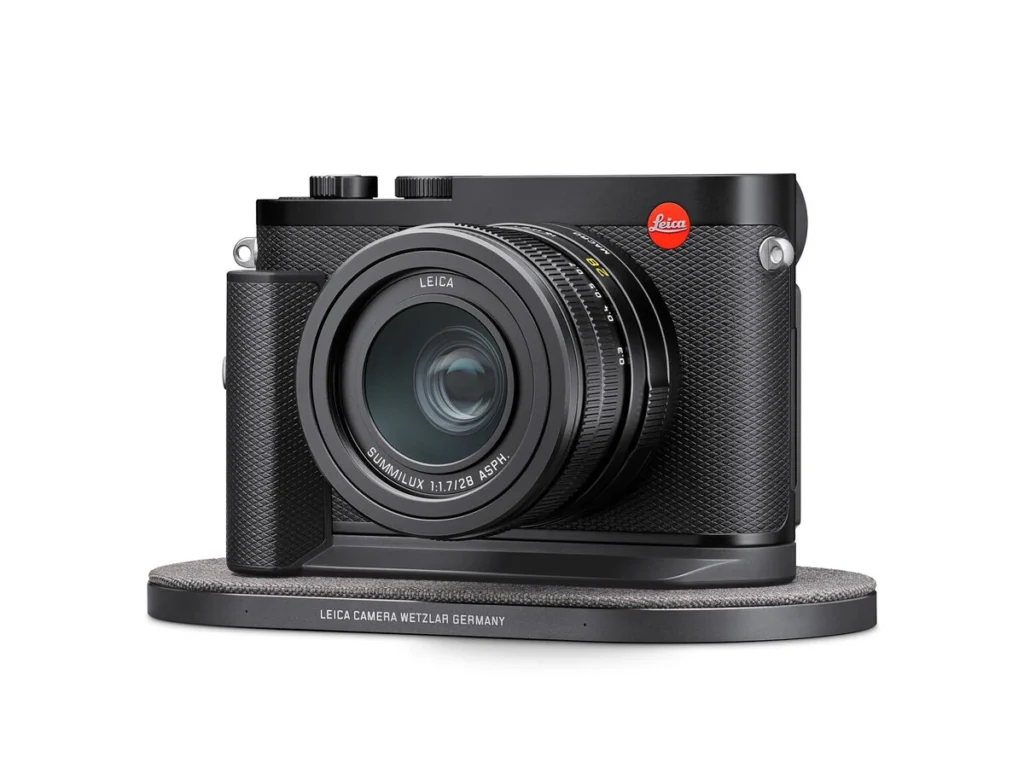
Description and Features
The Leica Q3 is a compact camera that sets a new standard for image quality and performance. Boasting a staggering 60-megapixel full-frame sensor, this camera captures an astounding level of detail in every shot. The Leica Q3’s state-of-the-art hybrid autofocus system combines highly accurate contrast autofocus with a depth from defocus system and fast phase detection autofocus, ensuring that you never miss a decisive moment.
The camera’s sleek and timeless design houses a superior prime lens, offering a maximum aperture of f/1.7-16 for exceptional low-light performance and beautiful bokeh effects. The Leica Q3’s weather-resistant construction allows you to shoot with confidence in various conditions, while the intuitive Leica UX interface and tiltable display make it a pleasure to use. Optical image stabilization helps to minimize camera shake, although some users have noted that it could be stronger.
Price and Value Proposition
With a price tag of $5,995, the Leica Q3 is undoubtedly a premium compact camera. However, for photographers who demand the utmost in image quality and craftsmanship, the Leica Q3 delivers on its promise. The combination of the high-resolution sensor, exceptional optics, and advanced features justify the investment for those who refuse to compromise on their visual storytelling tools.
Fujifilm X100VI: Best Overall Compact Camera
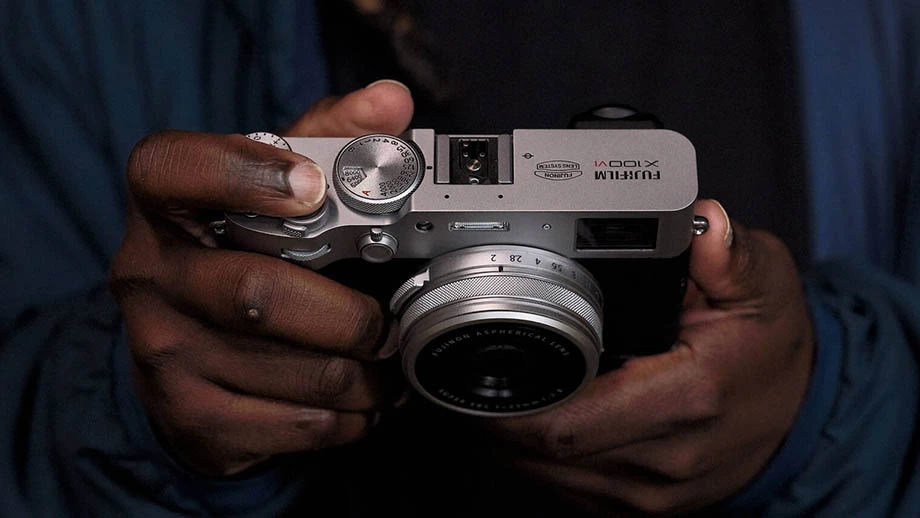
Description and Features
The Fujifilm X100VI is a compact camera that seamlessly blends classic design with modern features. Its nostalgic rangefinder aesthetic and tactile controls appeal to photographers who value a timeless shooting experience. However, don’t let its retro charm fool you—the X100VI packs a punch with its 40-megapixel sensor, delivering exceptional image quality in a small, lightweight, and unobtrusive package.
One of the standout features of the X100VI is its versatile hybrid viewfinder, allowing you to switch between an optical and electronic viewfinder seamlessly. The camera also boasts a built-in ND filter, making it easy to shoot in bright conditions or achieve creative effects. With Fujifilm’s renowned film simulation modes, you can infuse your images with the iconic looks of classic film stocks, adding a unique and nostalgic touch to your photographs. The X100VI excels in low-light situations, thanks to its exceptional high ISO performance.
Price and Value Proposition
The Fujifilm X100VI offers a compelling value proposition for photographers seeking a high-quality compact camera. Many photographers swear by Fujifilm cameras for their dedication to old-school design elements, excellent lenses, and second-to-none color science. While the camera may not be the most affordable option on the market, its unique combination of features, performance, and design make it a worthwhile investment for enthusiasts and professionals alike.
Factors to Consider When Choosing a Compact Camera
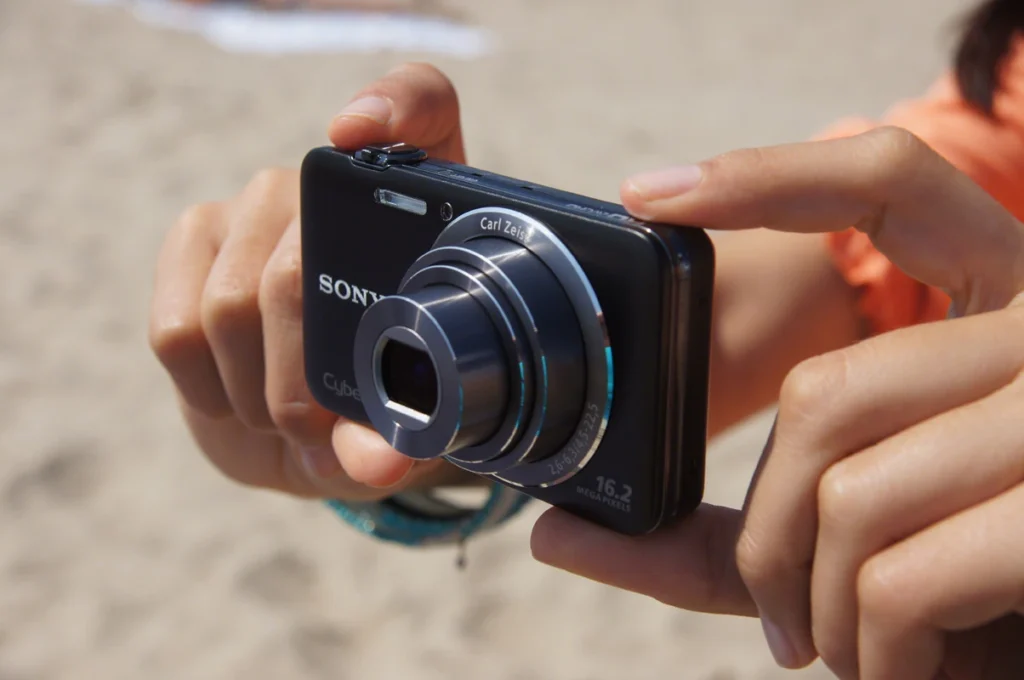
Megapixels and Image Quality
When selecting a compact camera, megapixels and image quality should be at the forefront of your considerations. While all modern cameras offer sufficient megapixels for social media sharing, it’s essential to consider the sensor size as well. Larger sensors generally provide better image quality, especially in low-light situations. The Leica Q3’s 60-megapixel full-frame sensor and the Fujifilm X100VI’s 40-megapixel sensor are prime examples of compact cameras that deliver exceptional image quality.
Lens Specifications
The lens is the eye of your camera, and its specifications play a crucial role in determining the type of images you can capture. Consider factors such as focal length, maximum aperture, and optical zoom. A wide aperture, such as the f/1.7 found on the Leica Q3, allows for excellent low-light performance and beautiful bokeh effects. On the other hand, a versatile zoom lens can provide flexibility in framing your shots.
Monitor and Viewfinder Options
The monitor and viewfinder are your windows into the world you’re capturing. Look for cameras with high-resolution displays that offer clear and detailed previews of your shots. Consider whether you prefer an optical viewfinder, electronic viewfinder, or a combination of both, as seen in the Fujifilm X100VI’s hybrid viewfinder. Additionally, a tilting or articulating screen can provide added flexibility when shooting from different angles.
Continuous Shooting and Video Resolution
If you plan to capture fast-moving subjects or create video content, pay attention to the camera’s continuous shooting speed and video resolution. Look for cameras with high frames per second (fps) ratings for smooth and clear action shots. Consider cameras that offer 4K video recording capabilities for stunning video quality.
Expert Reviews and Recommendations
Evaluation Criteria
When experts evaluate compact cameras, they consider a range of criteria to provide comprehensive and objective assessments. Image quality is a primary focus, with experts analyzing factors such as sharpness, color accuracy, dynamic range, and low-light performance. Handling and ergonomics are also crucial, as a camera should feel comfortable and intuitive to use. Performance metrics, such as autofocus speed, burst shooting capabilities, and buffer depth, are thoroughly tested. Lastly, experts consider the overall value proposition, weighing the camera’s features and performance against its price point.
Comparison of Top Compact Cameras
In the realm of compact cameras, the Leica Q3 and Fujifilm X100VI stand out among the competition. The Leica Q3 is a top choice for those prioritizing megapixels and image quality, while the Fujifilm X100VI offers the best overall package with its blend of classic design, modern features, and exceptional performance. Other notable contenders include the Sony Cyber-shot DSC-RX100 VII, known for its versatility, and the Canon PowerShot G7 X Mark III, praised for its video capabilities.
Pros and Cons Analysis
When considering the Leica Q3, its primary strengths lie in its exceptional image quality, thanks to the 60-megapixel full-frame sensor, and its superior craftsmanship. However, its high price point may be a barrier for some photographers, and the optical image stabilization could be more robust. The Fujifilm X100VI, on the other hand, excels in its combination of classic design and modern features, delivering excellent image quality and low-light performance. Its hybrid viewfinder and film simulation modes add to its appeal. However, some users may desire a more advanced autofocus system or a longer zoom range.
Conclusion
In the ever-evolving world of photography, compact cameras continue to hold a special place in the hearts of enthusiasts and professionals alike. The Leica Q3 and Fujifilm X100VI represent the pinnacle of compact camera technology in 2024, each offering a unique set of features and capabilities to cater to different photographic needs and preferences.
The Leica Q3 is a testament to the power of megapixels and the pursuit of uncompromising image quality. Its 60-megapixel full-frame sensor captures an astounding level of detail, making it the ideal choice for photographers who demand the utmost in resolution and clarity. With its superior optics, fast autofocus system, and timeless design, the Leica Q3 is a camera that will inspire and delight photographers for years to come.
The Fujifilm X100VI, on the other hand, strikes a perfect balance between nostalgia and modernity. Its classic rangefinder design and intuitive controls transport photographers back to the golden age of photography, while its advanced features and exceptional image quality firmly place it at the forefront of contemporary compact cameras. The X100VI’s hybrid viewfinder, film simulation modes, and low-light capabilities make it a versatile and inspiring tool for photographers of all levels.
When choosing a compact camera, it’s essential to consider factors such as megapixels, lens specifications, monitor and viewfinder options, and continuous shooting and video capabilities. By carefully evaluating your needs and preferences, and taking into account expert reviews and recommendations, you can make an informed decision and select the compact camera that will best serve your photographic journey.
As we look to the future, it’s clear that compact cameras will continue to evolve and push the boundaries of what’s possible in a small and portable package. With the Leica Q3 and Fujifilm X100VI leading the charge, photographers can rest assured that they have access to the tools they need to capture life’s precious moments with stunning quality and creative flair.
So, whether you’re a seasoned professional or a passionate enthusiast, embrace the power and potential of compact cameras. Let the Leica Q3 and Fujifilm X100VI be your trusty companions as you explore the world through your lens, capturing memories that will last a lifetime.

